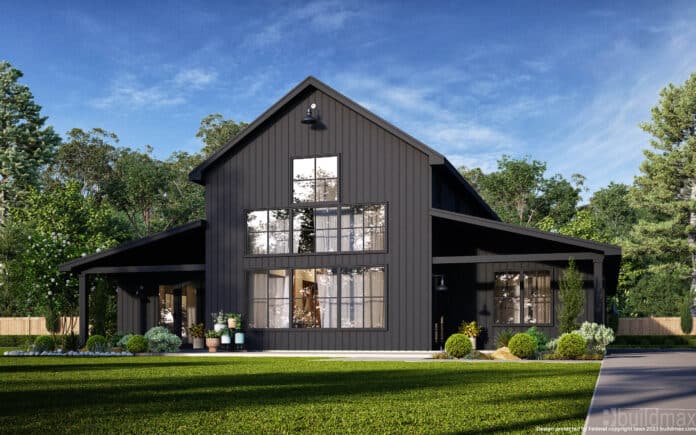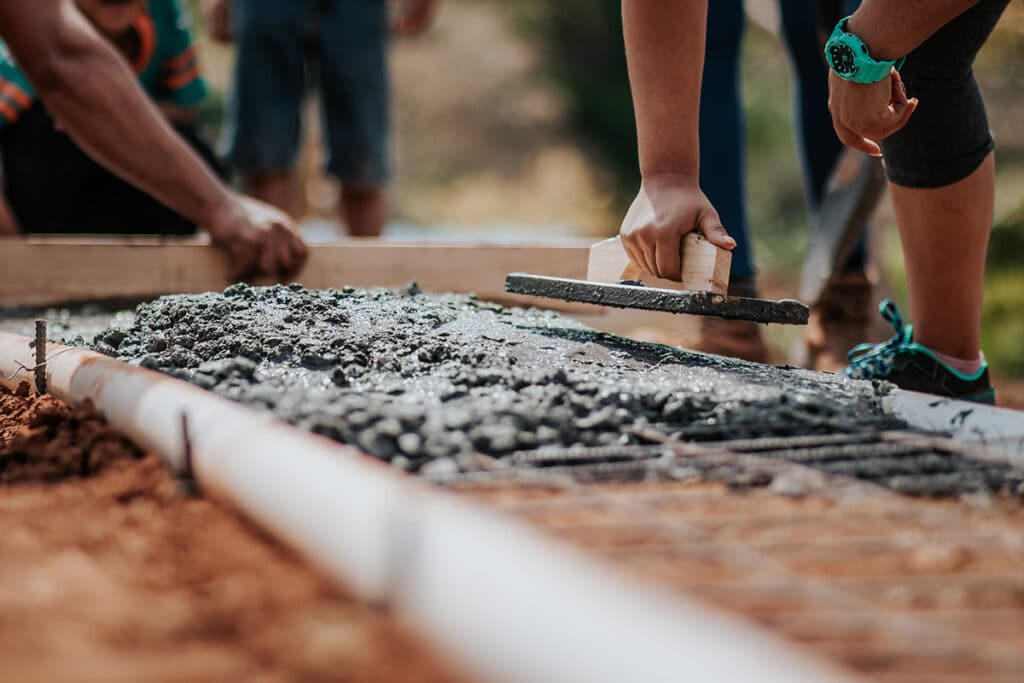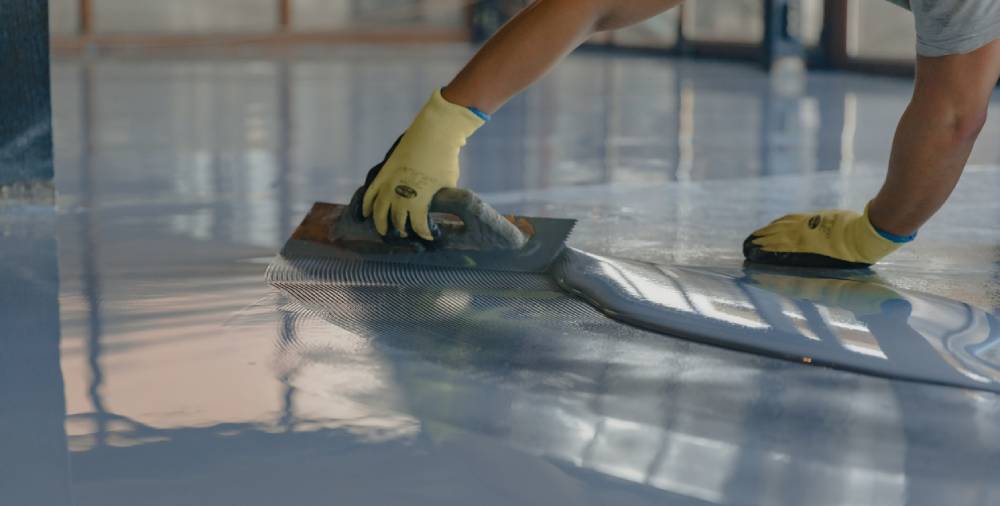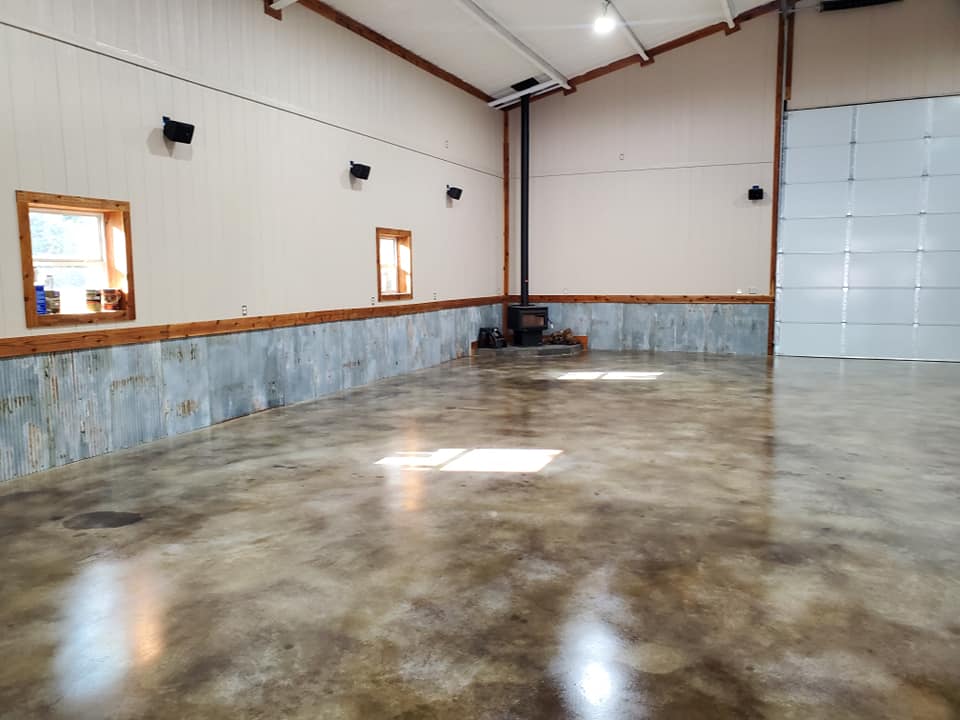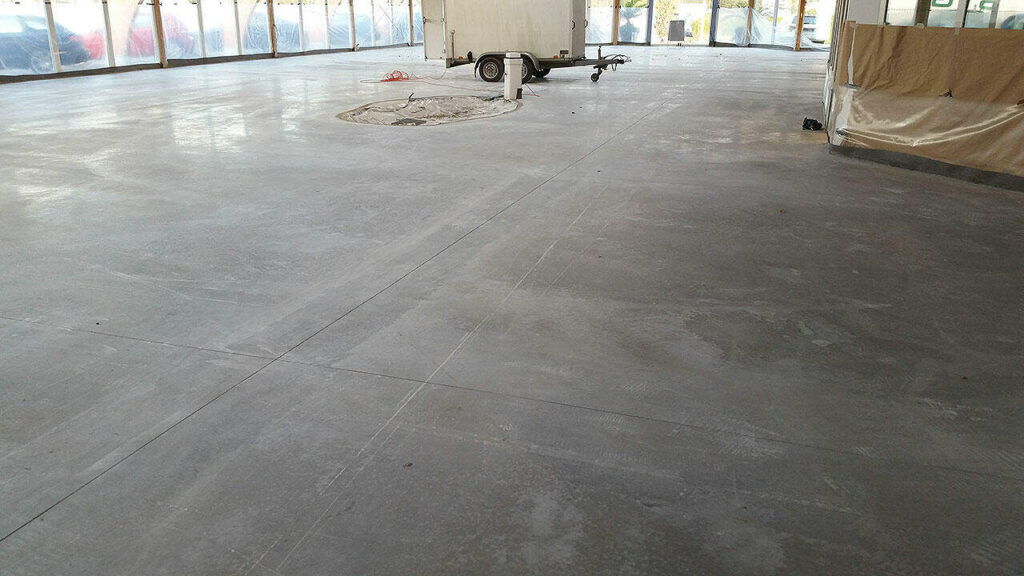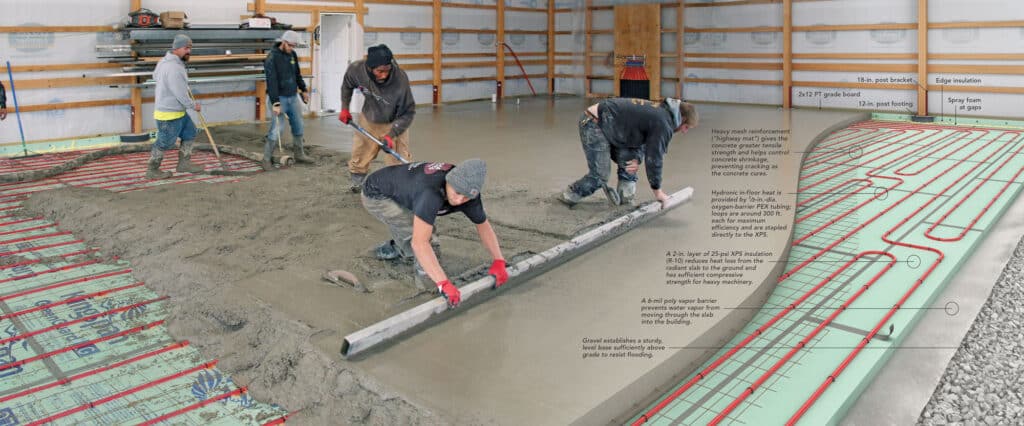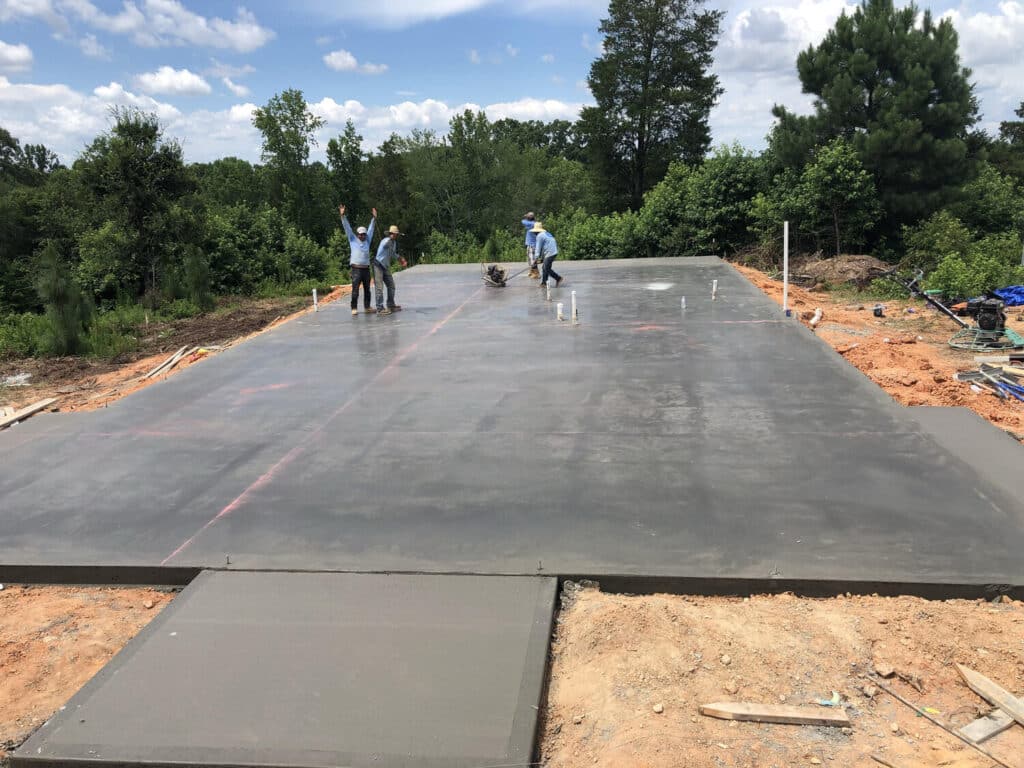Estimating the Cost of a 40×60 Concrete Slab for a Barndominium
When planning to build a barndominium, one of the first and most critical steps is laying a proper foundation. A 40×60 concrete slab is a common choice for these types of structures due to its durability and the solid support it provides. In this article, we will explore the factors that influence the cost of a 40×60 concrete slab and provide an estimated cost range to help you budget for your barndominium project.
Factors Affecting the Cost of a Concrete Slab
Several factors can significantly impact the cost of a concrete slab, including:
1. **Material Costs**
The primary material in a concrete slab is the concrete mix itself, which includes cement, sand, gravel, and water. The cost of these materials can vary depending on the regional availability and market conditions.
2. **Thickness of the Slab**
The thickness of the slab is a critical factor in determining both the quantity of materials needed and the overall stability of the foundation. For a barndominium, a thickness of 4 to 6 inches is typical, but the requirements can vary based on the soil type and the intended use of the building.
3. **Preparation and Labor**
The cost of labor for pouring a concrete slab includes preparing the site, framing the boundaries of the slab, laying down gravel or a sub-base, installing rebar or mesh for reinforcement, and finally, pouring and finishing the concrete. Labor costs can vary widely depending on the region and the availability of skilled contractors.
4. **Reinforcement**
Reinforcement with rebar or wire mesh adds to the material costs but is essential for the structural integrity of the slab, particularly in areas with heavy loads or challenging soil conditions.
5. **Finishing Options**
The finish on a concrete slab can range from a basic broom finish to more sophisticated options like stained or polished concrete, which can add to the cost.
Finishing options for concrete slabs not only enhance the appearance of the surface but can also improve its durability and functionality. When selecting a finish for a concrete slab, consider the intended use of the area, the expected foot traffic, and the overall aesthetic you want to achieve. Here are some popular finishing options:
1. **Broom Finish**
A broom finish is one of the most common and practical finishes for outdoor concrete slabs, such as driveways, sidewalks, and patios. After the concrete is poured and leveled, a broom is dragged across the surface to create a rough texture. This texture provides slip resistance and is highly effective in preventing slips, especially in wet conditions.
2. **Smooth or Troweled Finish**
For a smooth finish, concrete is floated and then troweled to create a flat and polished surface. This type of finish is often used for indoor floors, garage floors, and some types of outdoor patios. It provides a clean, sleek look but can be slippery when wet unless a non-slip additive is mixed into the sealant.
3. **Stamped Concrete**
Stamped concrete mimics the appearance of stone, brick, tile, or wood. While the concrete is still wet, molds are impressed into the surface to create various patterns. Color can also be added to further mimic other materials. Stamped concrete is highly versatile and can be used to enhance the aesthetic appeal of both indoor and outdoor spaces.
4. **Stained Concrete**
Concrete staining involves applying a color solution to the surface, either with an acid-based stain or a water-based stain. Acid stains react chemically with the concrete to create a permanent bond, offering rich, translucent tones. Water-based stains provide more vibrant colors and are more consistent in appearance. Stained concrete is ideal for indoor applications and can give your floor a unique, customized look.
5. **Polished Concrete**
Polishing concrete involves mechanically grinding and polishing the surface with progressively finer grinding tools. The process includes the use of a densifier which hardens the concrete and makes it durable. Polished concrete floors are glossy, smooth, and easy to maintain, making them suitable for commercial and high-end residential floors.
6. **Exposed Aggregate Finish**
This finish reveals the aggregates (such as sand, gravel, and stones) within the concrete for a decorative touch. It’s achieved by pouring concrete and then removing the outer ‘skin’ of cement paste to uncover the aggregate beneath. Exposed aggregate is slip-resistant and durable, ideal for sidewalks, driveways, and patios.
7. **Salt Finish**
Salt finishing is a unique approach used primarily in swimming pool decks and other areas where high slip resistance is needed. The process involves spreading rock salt over freshly poured concrete, then pressing it into the surface. Once the concrete sets, the salt is washed away, leaving a pitted texture.
8. **Colored Concrete**
Color can be added to concrete through the use of integral pigments or color hardeners. Integral pigments color the entire concrete mix, providing uniform color throughout the slab, while color hardeners are applied to the surface of the concrete, providing a richer hue and also improving the strength of the concrete surface.
6. **Geographical Location**
The location of a building project significantly impacts the design and construction of a slab foundation. Various factors related to geography, climate, soil type, and local building regulations play crucial roles in how a slab foundation should be constructed to ensure stability, durability, and compliance. Here’s how location affects a slab foundation:
1. **Soil Type**
The type of soil on which a slab is constructed is one of the most critical factors:
– **Clay Soils:** Expansive clay soils can swell when wet and shrink during dry conditions, leading to significant movement. Foundations on such soils may require special engineering, such as deeper footings, reinforcement, or the use of pier and beam foundations instead of slabs to mitigate risks.
– **Sandy or Gravelly Soils:** These soils typically provide good drainage and stable conditions for slab foundations, reducing the risk of shifting and settling.
– **Rocky Terrain:** Building on rock can provide a very stable foundation, although it may require blasting or special equipment to prepare the site.
2. **Water Table**
The level of the groundwater table in an area can also affect the construction of a slab foundation:
– **High Water Table:** Areas with high water tables may require additional waterproofing measures to prevent water from seeping through the slab and causing moisture issues in the building.
– **Drainage Considerations:** Proper drainage systems are crucial in areas prone to flooding or with high water tables to direct water away from the foundation.
3. **Climate**
The local climate influences several aspects of slab foundation construction:
– **Freeze-Thaw Cycles:** In regions with severe winters, frost heave can be a concern. This occurs when the ground freezes and lifts, potentially causing the slab to crack. Foundations in these areas may need to be insulated or built below the frost line to prevent damage.
– **Heat and Dryness:** In very hot and dry climates, the soil can desiccate and contract, potentially leading to foundation settling or cracking. Special considerations like expansive soil treatments and deeper footings might be necessary.
4. **Topography**
The slope and elevation of the building site can impact drainage and the structural design of the foundation:
– **Sloped Sites:** These sites may require leveling or the construction of retaining walls to create a stable surface for the slab.
– **Low-Lying Areas:** In flood-prone areas, raising the slab foundation above the usual flood level can help prevent water damage.
5. **Local Building Codes**
Building regulations vary significantly by location and must be adhered to when constructing a slab foundation:
– **Seismic Codes:** In earthquake-prone areas, building codes may require specific reinforcements for slab foundations to withstand seismic activity.
– **Wind Codes:** Coastal areas susceptible to hurricanes might have codes that dictate certain construction standards to resist high winds.
6. **Accessibility and Resources**
The availability of construction materials and local construction expertise can also affect the type of foundation that is feasible or preferred in a particular location.
The effectiveness and longevity of a slab foundation are heavily dependent on the local environmental and geological conditions. It is crucial for architects, engineers, and builders to understand and plan for these factors during the design and construction phases to ensure that the foundation is appropriate for its intended location and use, thus ensuring the stability and safety of the structure over its lifespan.
Estimated Cost Range
Given these variables, the cost of a 40×60 concrete slab for a barndominium can range significantly. Here’s a breakdown of potential costs:
– **Material Costs:** Concrete can cost anywhere from $75 to $150 per cubic yard. A 40×60 slab at a 4-inch thickness requires approximately 30 cubic yards of concrete, translating to about $2,250 to $4,500 in concrete costs alone.
– **Labor and Preparation:** Labor costs for pouring a slab can range from $2 to $4 per square foot, depending on the complexity of the job and local rates. For a 2,400 square foot slab, this means labor costs could range from $4,800 to $9,600.
– **Reinforcement:** The cost for rebar or mesh reinforcement can add an additional $0.50 to $1.00 per square foot, adding up to $1,200 to $2,400 for the entire slab.
Considering these factors, the total cost for a 40×60 concrete slab for a barndominium could be approximately $8,250 to $16,500. It is essential to get quotes from several contractors to get a more accurate estimate for your specific location and requirements.
A 40×60 concrete slab provides a sturdy foundation for a barndominium, ensuring durability and stability. While the initial cost can be significant, investing in a quality foundation is crucial for the long-term viability of your building. Careful planning and budgeting at this stage can prevent costly issues down the road, making it a wise investment in your barndominium project. Always consult with professional contractors who can provide detailed estimates and ensure that your foundation meets all local building standards and requirements.



